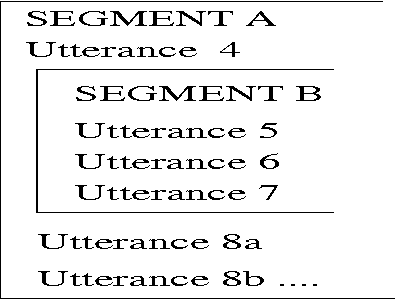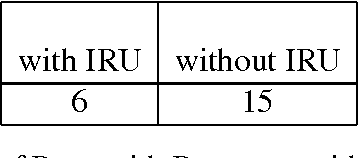Centering, Anaphora Resolution, and Discourse Structure
Paper and Code
Aug 11, 1997



Centering was formulated as a model of the relationship between attentional state, the form of referring expressions, and the coherence of an utterance within a discourse segment (Grosz, Joshi and Weinstein, 1986; Grosz, Joshi and Weinstein, 1995). In this chapter, I argue that the restriction of centering to operating within a discourse segment should be abandoned in order to integrate centering with a model of global discourse structure. The within-segment restriction causes three problems. The first problem is that centers are often continued over discourse segment boundaries with pronominal referring expressions whose form is identical to those that occur within a discourse segment. The second problem is that recent work has shown that listeners perceive segment boundaries at various levels of granularity. If centering models a universal processing phenomenon, it is implausible that each listener is using a different centering algorithm.The third issue is that even for utterances within a discourse segment, there are strong contrasts between utterances whose adjacent utterance within a segment is hierarchically recent and those whose adjacent utterance within a segment is linearly recent. This chapter argues that these problems can be eliminated by replacing Grosz and Sidner's stack model of attentional state with an alternate model, the cache model. I show how the cache model is easily integrated with the centering algorithm, and provide several types of data from naturally occurring discourses that support the proposed integrated model. Future work should provide additional support for these claims with an examination of a larger corpus of naturally occurring discourses.
 Add to Chrome
Add to Chrome Add to Firefox
Add to Firefox Add to Edge
Add to Edge